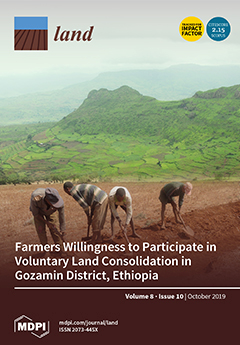Resource information
The planning of protected rural areas is usually defined by institutional decision-makers without considering the preferences of the local communities that live on the land, which frequently leads to conflicts in land management. This paper proposes a voting method based on the Borda count to rank the management goals of a protected rural area. The method was applied in a Spanish-Portuguese reserve called Iberian Plateau with the aim of collecting the preferences of institutional decision-makers (government and scientists) and rural landowners (farmers and businesspersons). Regarding the conservation and development objectives, the results show differences in spatial planning when only the preferences of institutional decision-makers are taken into consideration, as opposed to when the preferences of landowners are included within the analysis.


